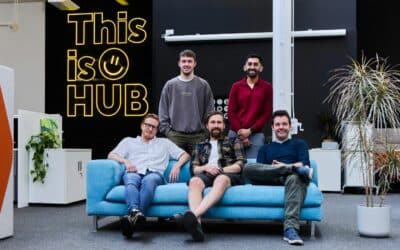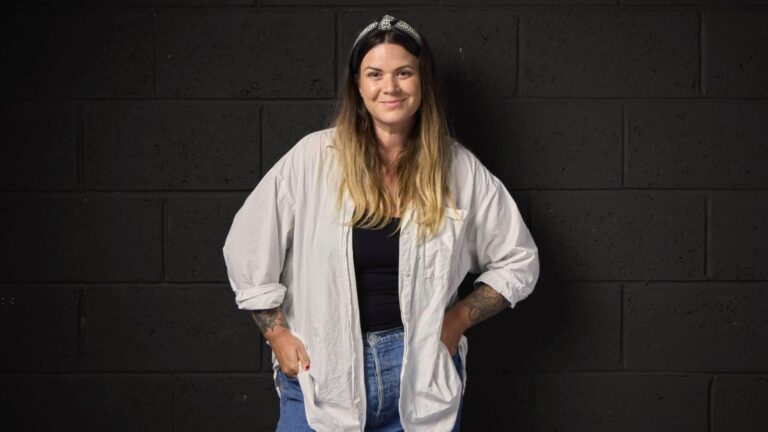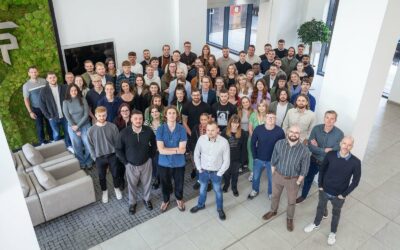Dora Papp-Sutcliffe joined Leeds-based integrated agency HUB six years ago as an account manager, before rising through the ranks to operations manager.
From the film industry in Hungary to the dynamic world of agency life, she’s had a unique career journey and previously worked on projects for brands such as Campari, PlayStation, Taco Bell, Asda/Walmart and Quorn.
In her role at HUB, she’s the one making sure everything runs smoothly behind the scenes. Here, she argues that a physical workspace has the power to encourage collaboration, focus and creative flow in ways that digital interactions struggle to replicate.
The future of work: are we losing more than we gain?
A few days ago, I joined a global roundtable discussion with over 200 participants – from startups with just a handful of employees to corporations with workforces in the tens of thousands. The topic? The future of the workplace.
It’s been nearly five years since the world turned remote overnight. You’d think we’d have figured it out by now. But if this discussion proved anything, it’s that we haven’t.
Some leaders are pushing for a full return to the office, convinced that culture and productivity thrive on in-person interactions. Others are doubling down on remote-first models, arguing that flexibility is key to retention. And most? They’re somewhere in the middle, tweaking hybrid setups, hoping to land on something that works.
Sitting there, listening to the back-and-forth, I kept coming back to the same thought: Have we really moved forward, or have we just swapped one set of challenges for another?
For decades, the workplace wasn’t just where work happened. It was where people met, learned and grew together. It was a space that fuelled creativity, sparked ideas and built careers.
And now? Well… now many are expected to replace all of that with scheduled video calls and Slack threads.
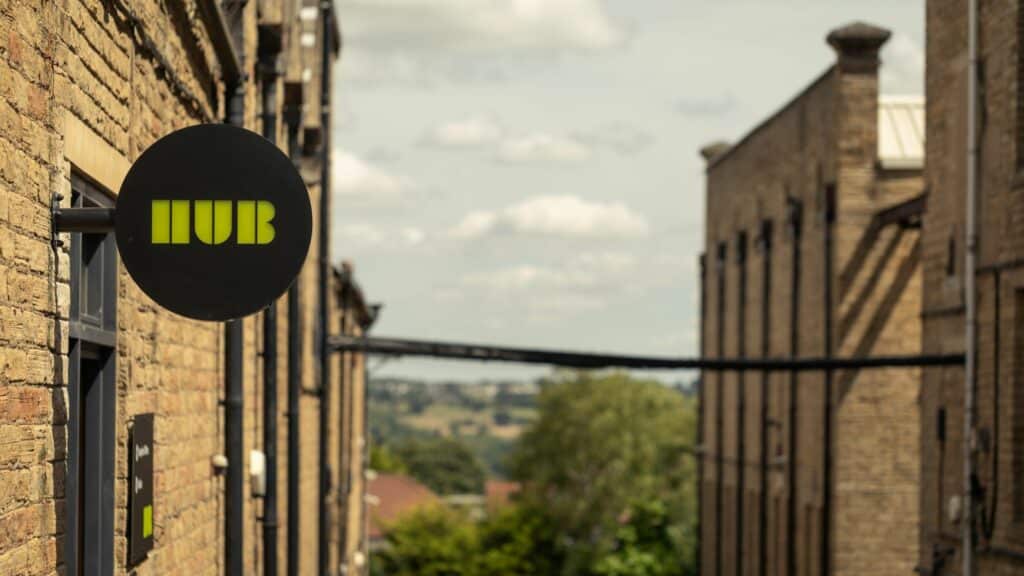
A shift we didn’t fully see coming
At first, remote work felt like the ultimate freedom. No commutes. No office distractions. The ability to work from anywhere. And for a while, it seemed perfect.
But then something else started creeping in – something harder to put a finger on.
It’s not just that people are feeling more disconnected. It’s that the spark of spontaneous interaction is fading. The kind of creativity that happens when you’re bouncing ideas off someone in real time. The mentorship moments that happen naturally, when you overhear a senior colleague explaining something and jump in to ask a question. The kind of problem-solving that doesn’t require scheduling a call – it just happens.
Remote work has plenty of upsides, but serendipity isn’t one of them.
The office isn’t just an expense – it’s an advantage
Beyond the cultural and social aspects, there’s another reality, one that businesses seem to be overlooking: real estate isn’t just overhead. It’s an asset.
Companies have spent years building offices that reflect their brand, culture, and ways of working. For industries like photography, videography and creative production, the workplace isn’t just where work happens – it’s part of the product itself.
At HUB, for example, our photography studios and creative spaces aren’t just a convenience. They’re a selling point. Clients don’t just hire us for expertise; they also value the physical resources we bring to the table – equipment, collaborative environments and spaces designed for creative execution.
There’s a reason why some of the world’s most innovative companies invest heavily in their spaces. It’s not just about aesthetics, it’s about functionality.
Spaces also shape behaviours, and these spaces have the power to encourage collaboration, focus and creative flow in ways that digital interactions struggle to replicate. Walk through a high-end production studio, an R&D lab or a newsroom, and you’ll see it in action. The energy of people working together, the unplanned conversations that spark new ideas, the ability to respond in real time rather than through scheduled calls – it all adds up to something greater than the sum of its parts.
Lose those spaces, and it’s not just a shift in where we work – it’s a shift in what’s possible.
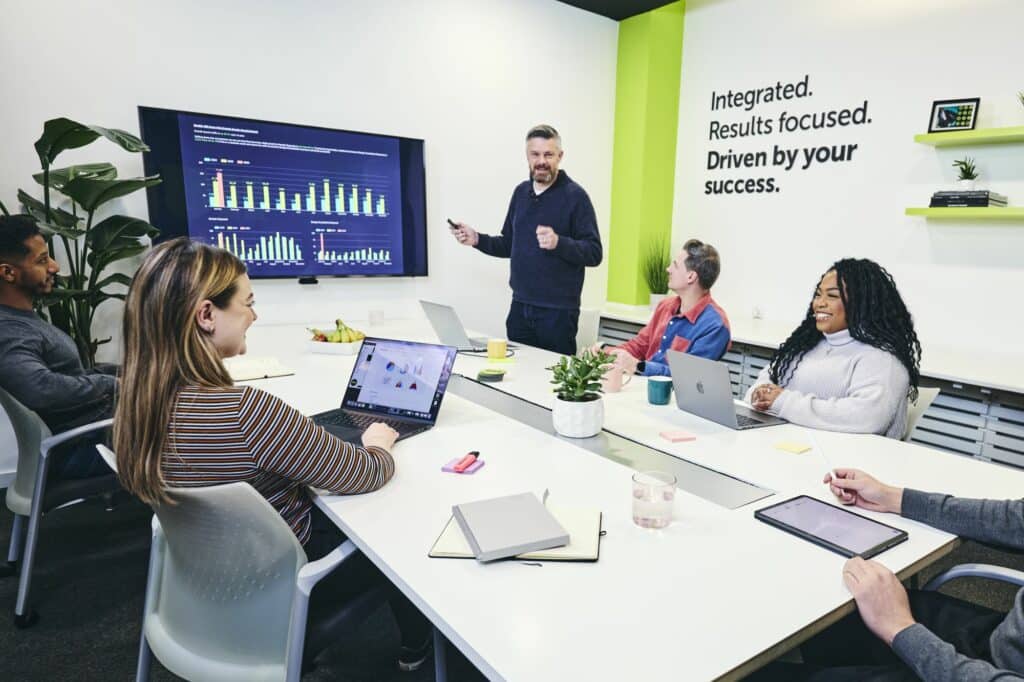
The hypocrisy of the remote-only leadership narrative
There’s an irony that’s hard to ignore. Many of the strongest advocates for fully remote work are the same leaders who built their careers in an environment where learning happened in real time, opportunities came from being in the right room, and growth wasn’t confined to scheduled calls.
Think about it – most of today’s executives, particularly in large corporations, spent their formative years in buzzing office environments, learning through proximity, mentorship, and hands-on collaboration. Would they be where they are today if they had started their careers from their spare bedrooms, joining the occasional video call?
Probably not.
And that’s the real risk we’re facing – not just a logistical challenge of office space or scheduling, but a fundamental shift in how future generations will (or won’t) develop into effective and meaningful leaders.
So, what’s the right answer?
The real question isn’t whether remote work is good or bad – it’s whether we’re being intentional about what we keep and what we let go.
We’ve spent so much time optimising for efficiency that we’ve forgotten to optimise for energy, connection, and creativity – the very things that make great work possible.
Instead of framing this as a binary choice between remote vs. office, maybe it’s time to ask different questions:
- What moments truly require in-person collaboration?
- How can we design workplaces that attract people rather than force them back?
- How do we ensure we don’t lose the very things that made work enjoyable and meaningful in the first place?
The companies that get this right won’t just retain talent – they’ll build work environments where people thrive.
So, before we fully embrace a world of digital-only interactions, maybe we should pause and ask ourselves:
Are we really moving forward?
Or are we leaving something irreplaceable behind?



